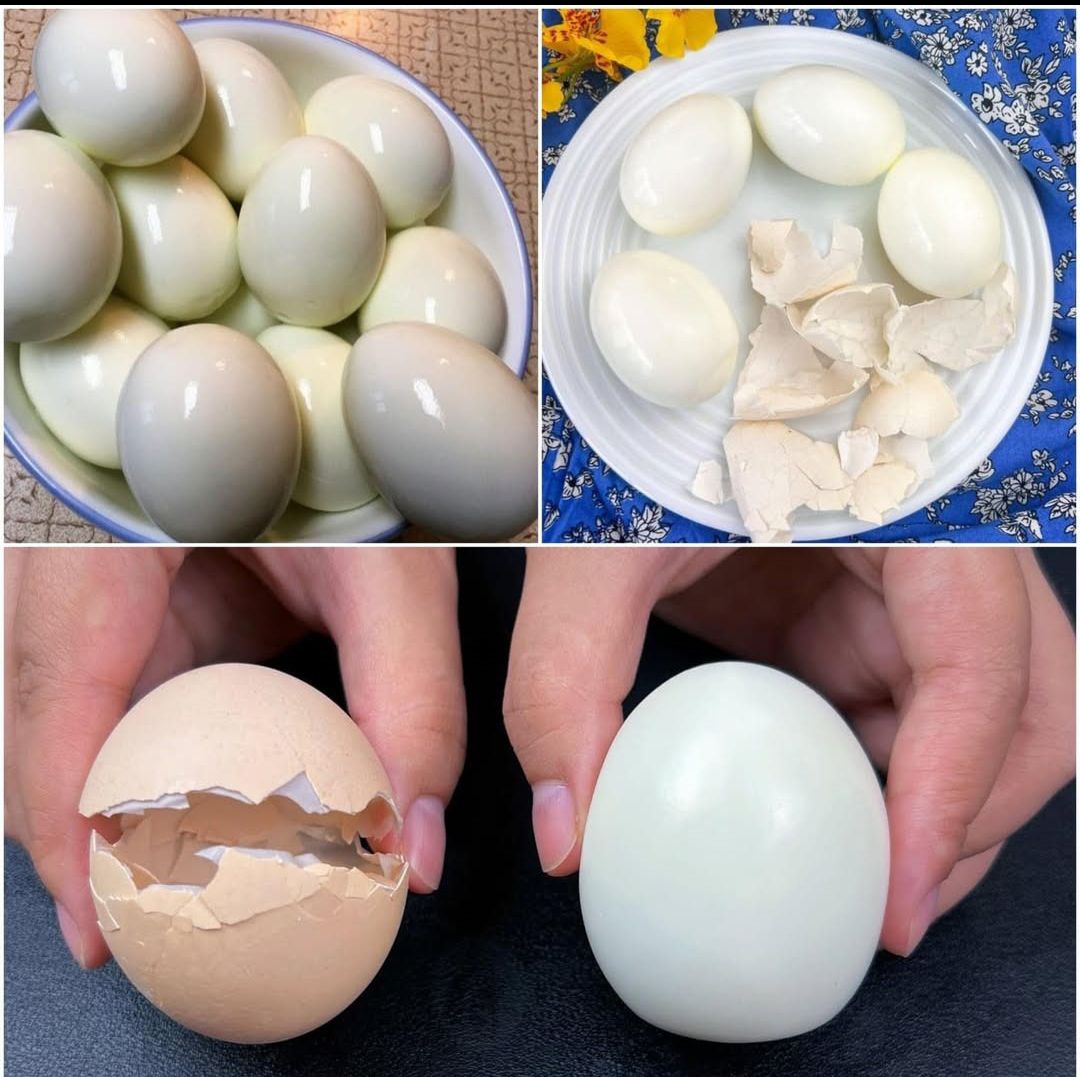ADVERTISEMENT
Step 1: Choose the Right Eggs
The first step in making perfect boiled eggs is selecting the right ones. Fresh eggs are not always the best choice for boiling. They can be difficult to peel once cooked. Older eggs, on the other hand, peel much more easily because the pH of the egg whites increases over time, making them less likely to stick to the shell. If possible, try to use eggs that are a week or two old for the best results.
Step 2: Prepare Your Pot
The next step is to choose the right pot. You’ll want one that’s big enough to hold all your eggs in a single layer with enough space around each egg. This allows them to cook evenly. Add cold water to the pot—enough to cover the eggs by about an inch or so. This is crucial because the water needs to fully surround the eggs to cook them evenly.
Step 3: Bring the Water to a Boil
Once your eggs are in the pot and covered with water, turn the heat to high. Bring the water to a full boil. Once the water starts boiling, you’ll want to reduce the heat to a low simmer for the remainder of the cooking time. This ensures that the eggs don’t crack or bounce around too much in the water.
Step 4: Timing is Everything
This is where the magic happens! The cooking time for boiled eggs depends on how you like your eggs cooked. Here’s a general guide:
- Soft-boiled eggs: 4 to 5 minutes. The whites are set, but the yolk remains runny and soft.
- Medium-boiled eggs: 7 to 8 minutes. The yolk is partially set, with a creamy center.
- Hard-boiled eggs: 10 to 12 minutes. The yolk is fully set and firm.
For the perfect consistency, you can adjust the time to your liking, but the 10-minute mark for hard-boiled eggs is usually a safe bet.
Step 5: Cool Your Eggs Quickly
Once the eggs are cooked to your desired level, it’s important to cool them down quickly. This not only stops the cooking process but also helps with peeling. Transfer your eggs immediately to a bowl of ice water, or if you don’t have ice, use cold tap water. Let the eggs sit in the cold water for about 5 to 10 minutes.
Step 6: Peel the Eggs
Peeling boiled eggs can sometimes be the trickiest part of the process. After they’ve cooled down, gently tap the eggs on the counter to crack the shell. Start peeling from the wider end, where there is usually an air pocket. This makes it easier to get under the membrane. If you’re struggling with peeling, try running the egg under cold water while peeling—this can help loosen the shell.
For Complete Cooking STEPS Please Head On Over To Next Page Or Open button (>) and don’t forget to SHARE with your Facebook friends
Tips for Extra Success
- Add Salt or Baking Soda to the Water: Some people recommend adding a teaspoon of salt or baking soda to the water before boiling. This can help make the peeling process easier by increasing the pH of the water, which makes the eggshells less likely to stick to the egg.
- Use a Timer: To ensure perfect consistency, consider using a timer so that you don’t overcook or undercook your eggs.
- Avoid Overcrowding the Pot: If you’re boiling a large batch of eggs, make sure not to overcrowd the pot. This can cause uneven cooking, with some eggs being overcooked while others remain undercooked.
How to Store Boiled Eggs
If you’ve made a big batch of boiled eggs and don’t plan on eating them all at once, don’t worry—they’re easy to store! Keep the shells on until you’re ready to eat them, as this helps preserve their freshness. Store boiled eggs in the refrigerator for up to one week. If you’ve already peeled them, store them in a covered container with a damp paper towel to keep them from drying out.
Conclusion
Boiled eggs may seem like a simple food, but there’s a science to getting them just right. With the right timing and a few helpful tips, you can make perfect boiled eggs every time, whether you prefer them soft, medium, or hard. Once you’ve mastered the technique, you’ll find yourself making them over and over again, whether as a snack, part of a salad, or in a delicious egg salad sandwich.
Now that you know the secret to making perfect boiled eggs, you’ll never have to settle for less than the best! Enjoy experimenting with different cook times and find the texture you love most.
